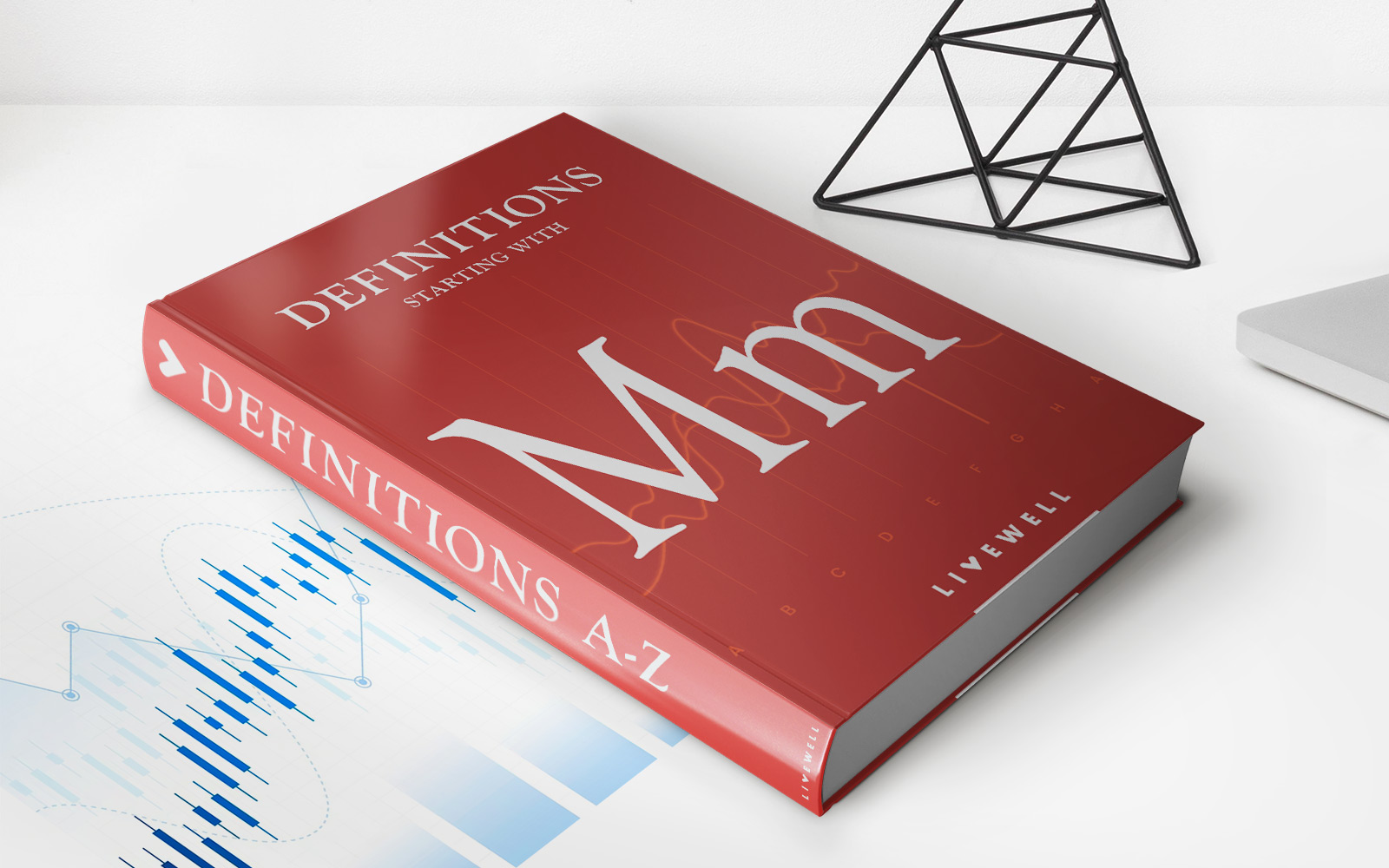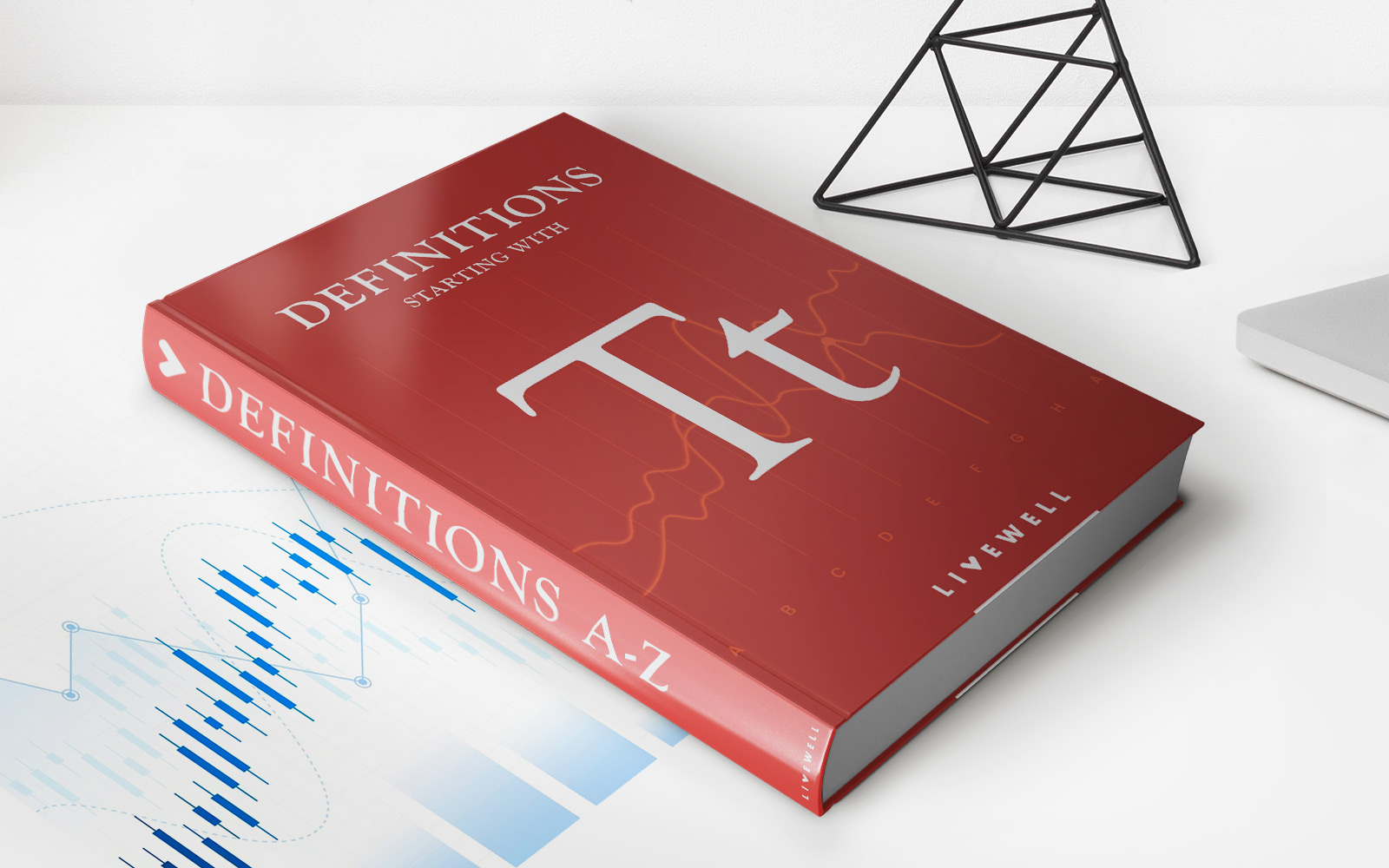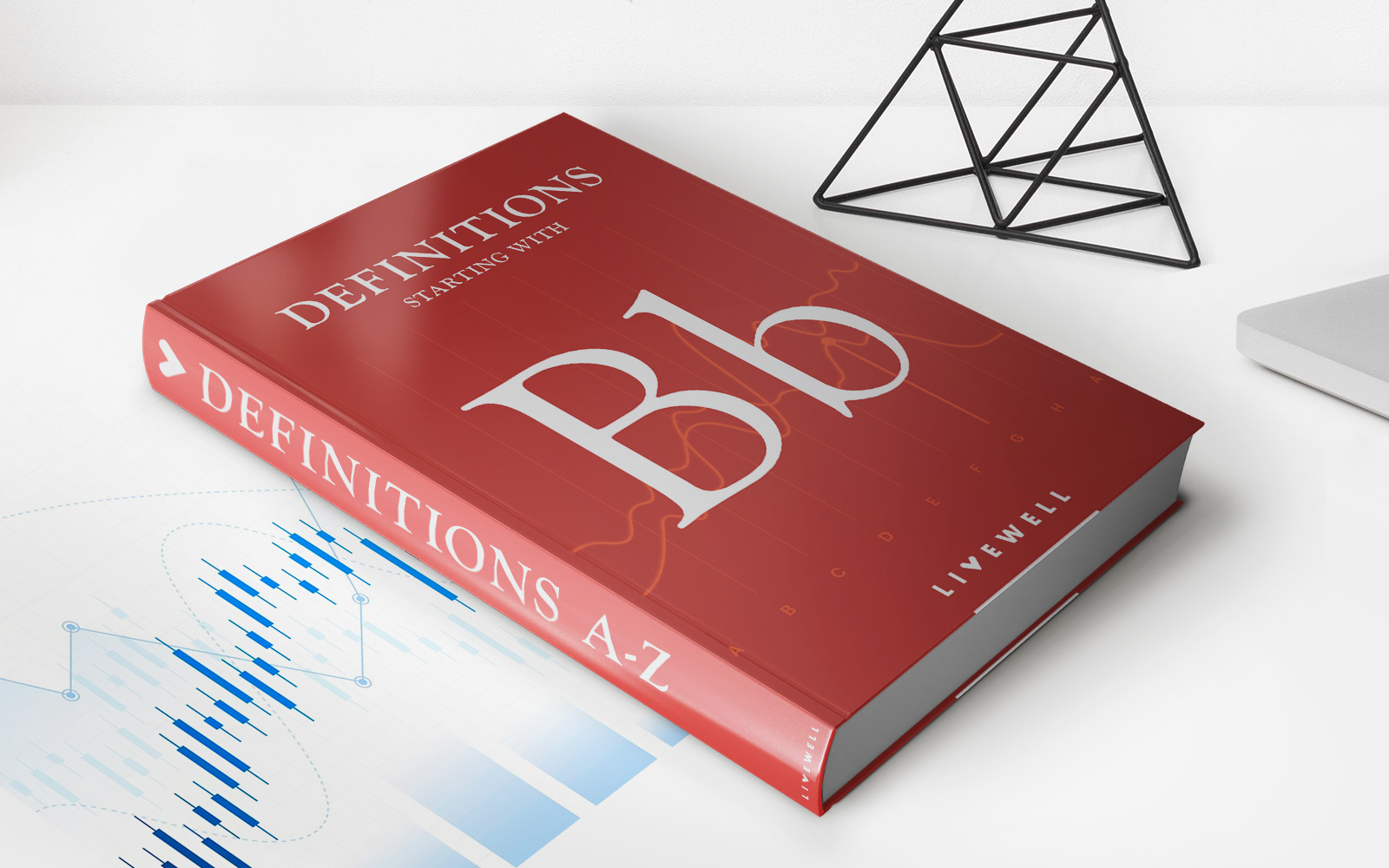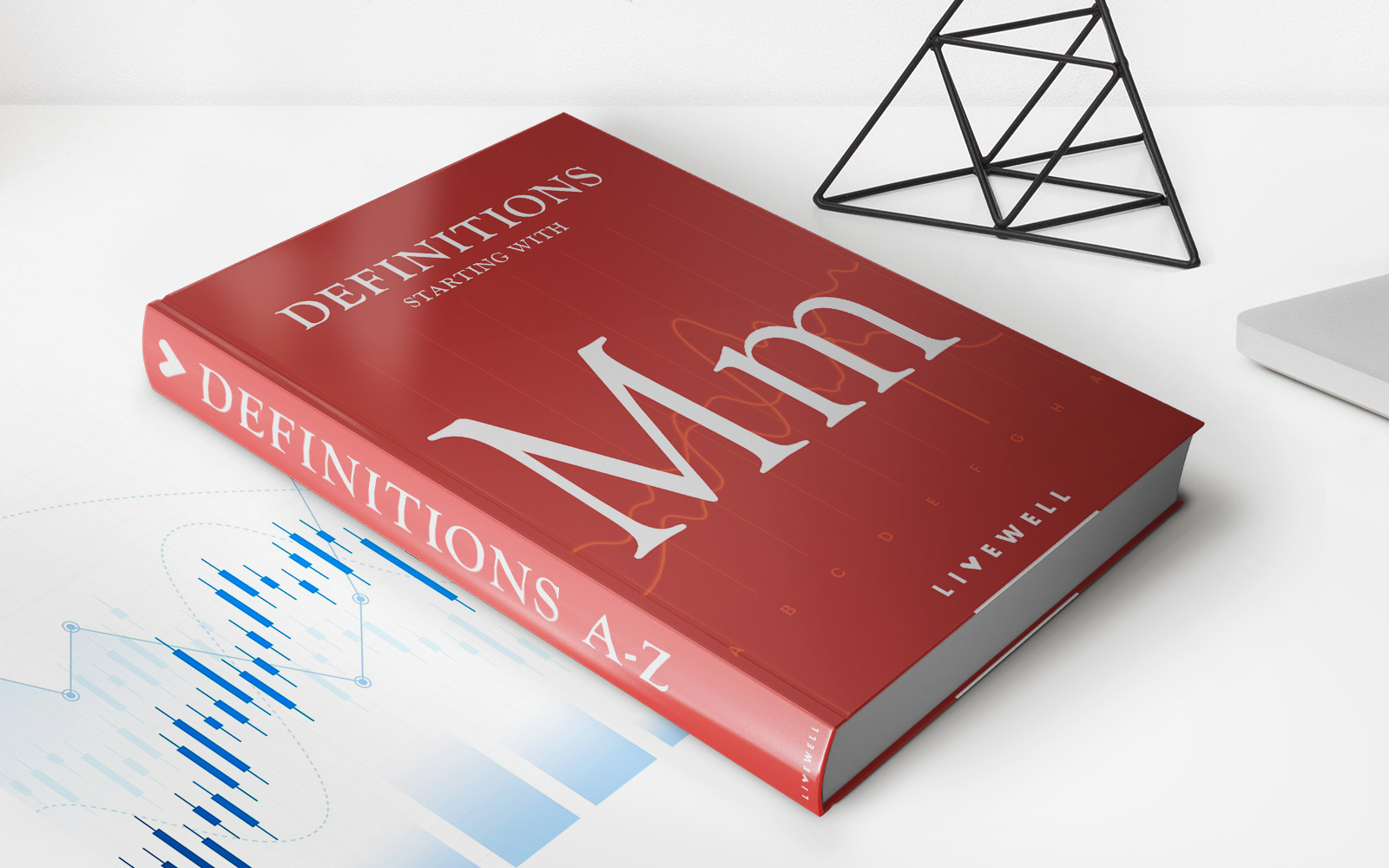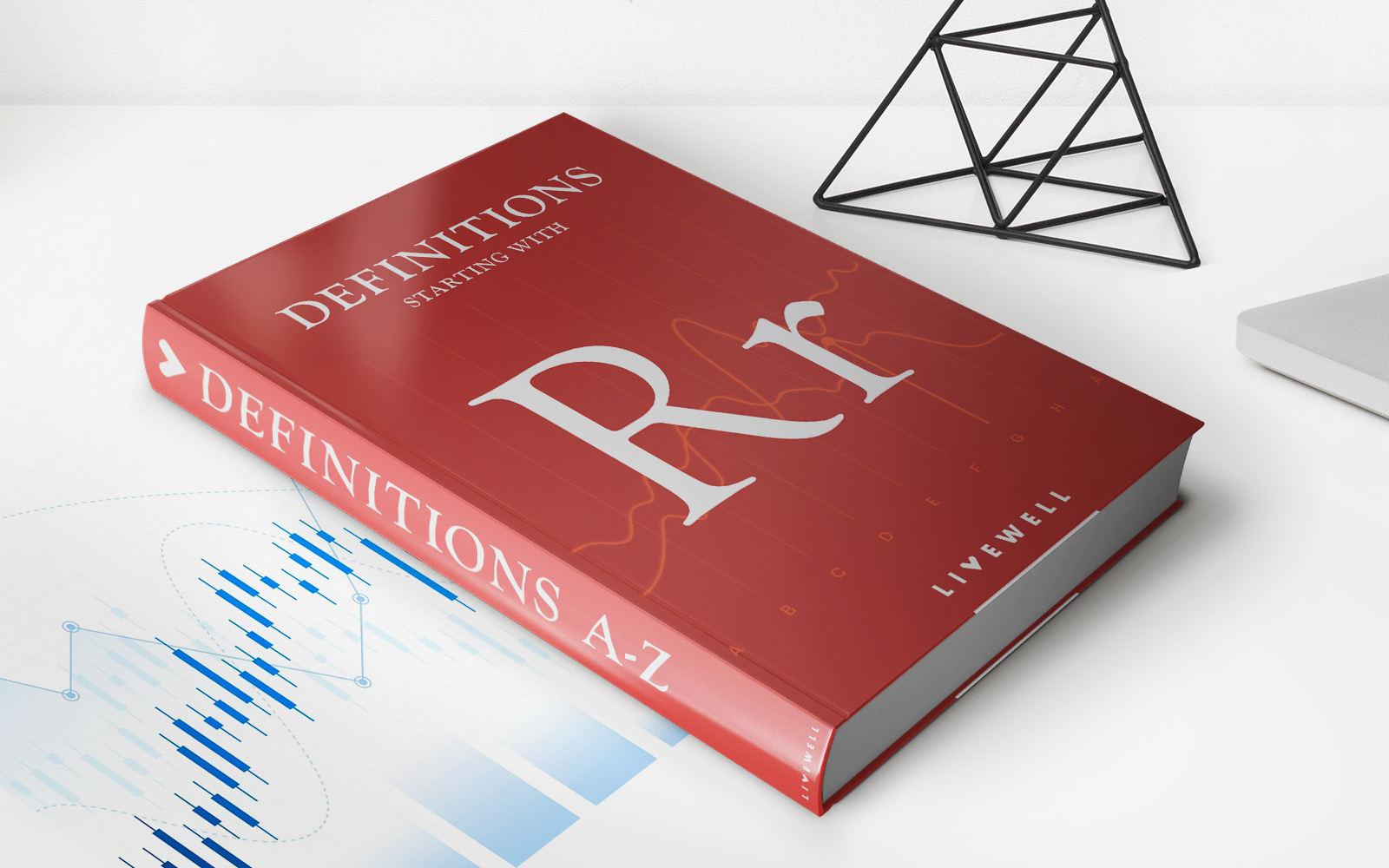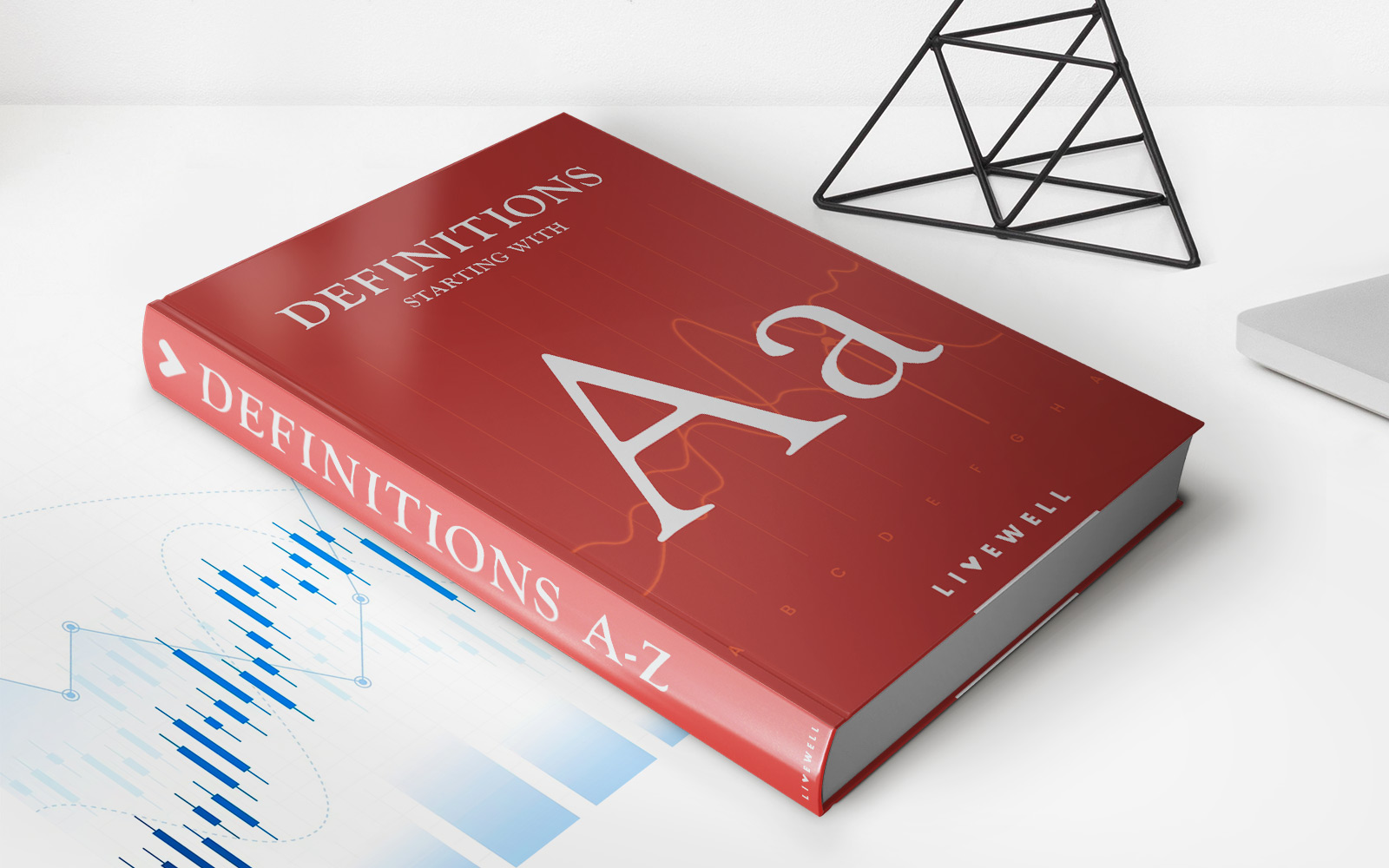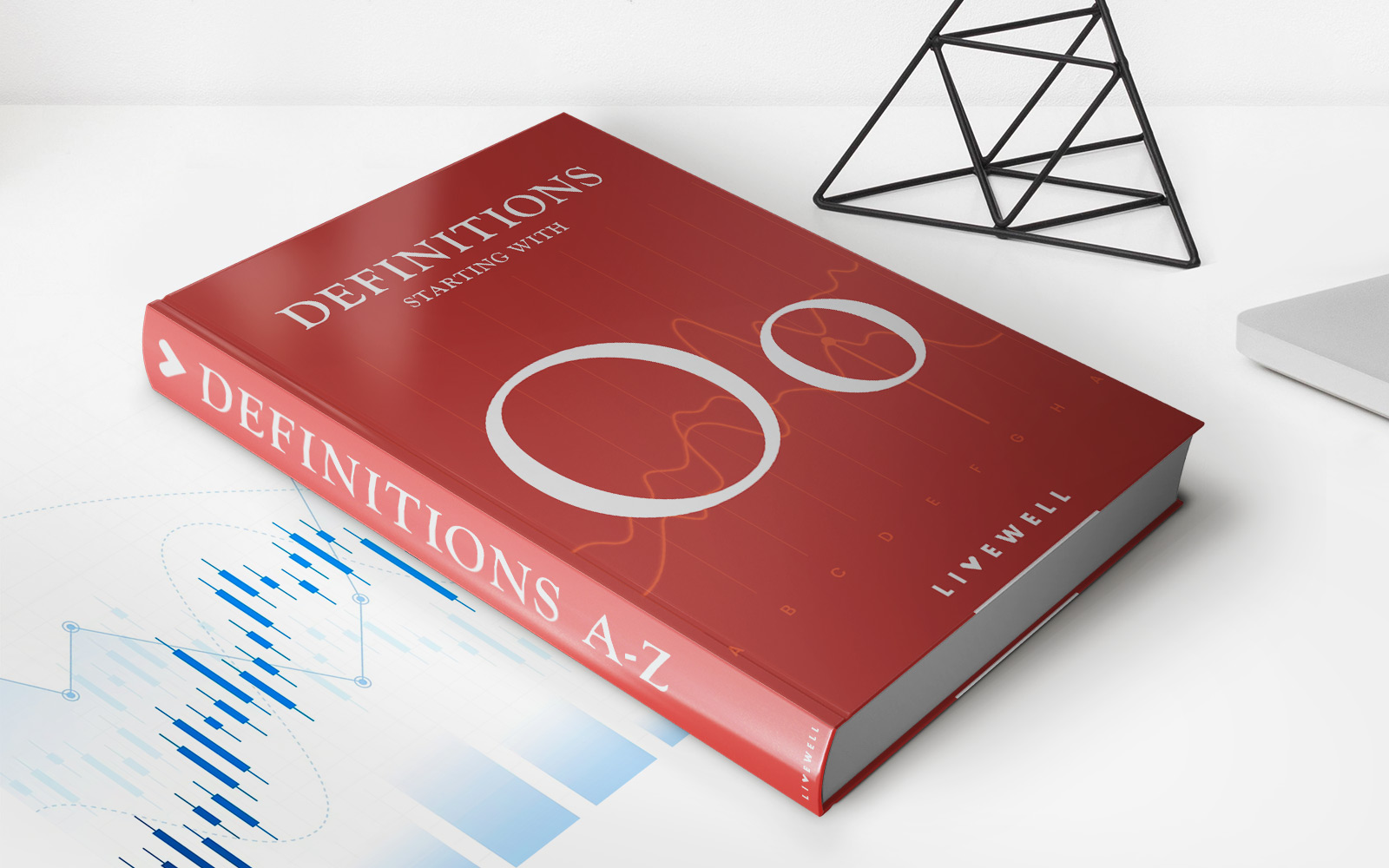Home>Finance>Trend: Definition, Types, Examples, And Uses In Trading
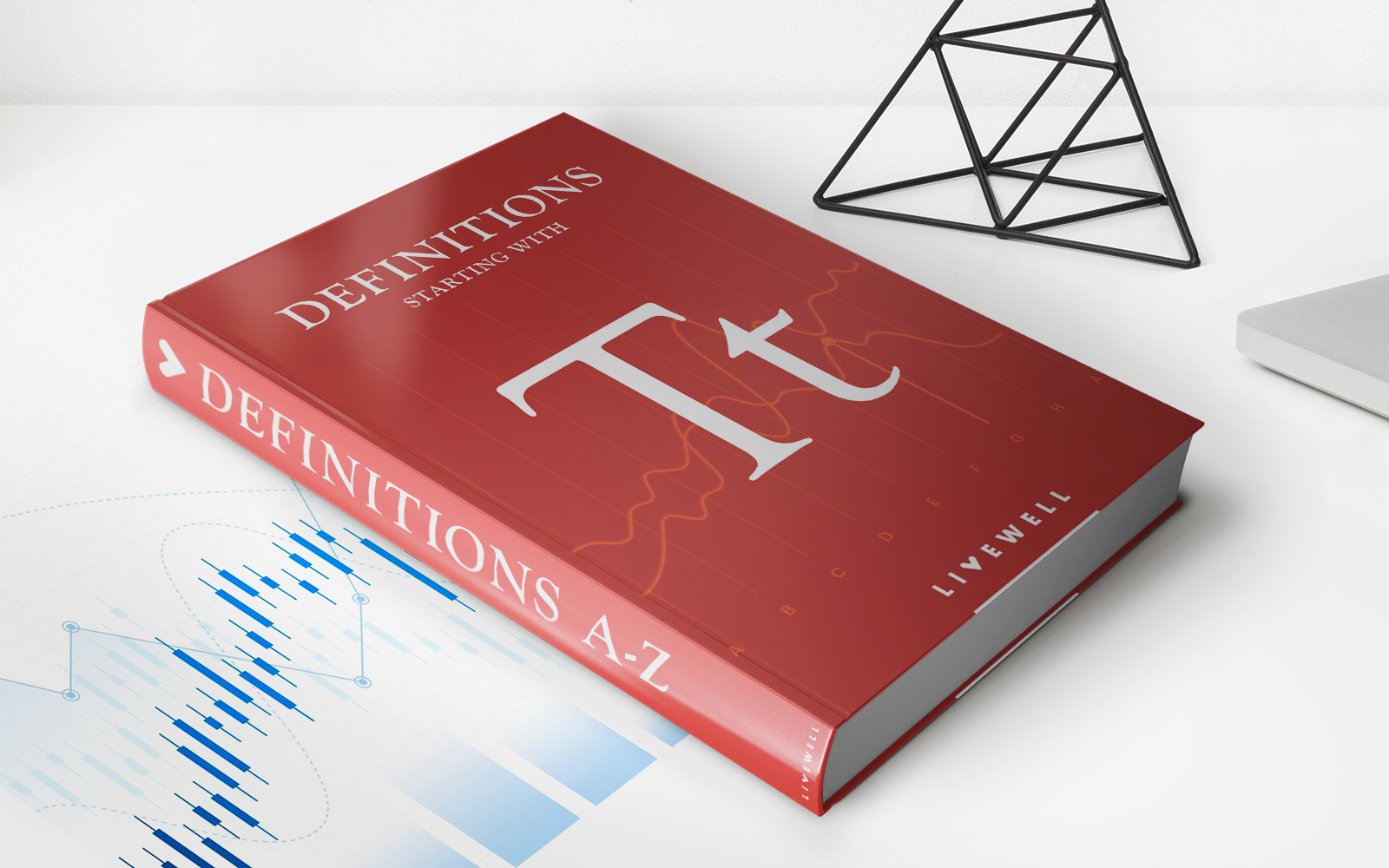

Finance
Trend: Definition, Types, Examples, And Uses In Trading
Published: February 11, 2024
Learn about the definition, types, examples, and uses of trends in finance. Enhance your trading skills with expert insights and strategies.
(Many of the links in this article redirect to a specific reviewed product. Your purchase of these products through affiliate links helps to generate commission for LiveWell, at no extra cost. Learn more)
Unlocking the Power of Trends in the World of Finance
When it comes to understanding the ever-changing landscape of finance, one concept that plays a crucial role is trend analysis. Whether you are a seasoned investor or a beginner in the trading world, comprehending trends is vital for making informed decisions. In this blog post, we will delve into the definition, types, examples, and uses of trends in trading, empowering you to navigate the financial markets with confidence.
Key Takeaways:
- Trends in trading signify the general direction in which the market is moving.
- Recognizing and understanding trends can help traders identify potential opportunities and predict future market movements.
Defining a Trend
Before we explore the different types of trends, let’s first define what a trend is. In finance, a trend refers to the general direction in which the prices of financial assets are moving over a specific period. It reflects the overall sentiment of the market and provides valuable insights into future price movements.
The Different Types of Trends
Trends can be classified into three main types:
- Uptrend: An uptrend occurs when prices consistently rise over time. Traders look for opportunities to buy during an uptrend, as it indicates a bullish market sentiment.
- Downtrend: Conversely, a downtrend is characterized by a consistent decrease in prices. Traders may consider selling during a downtrend, as it suggests a bearish market sentiment.
- Sideways trend: Also known as a horizontal or range-bound trend, a sideways trend signifies a period of price consolidation, where prices oscillate within a relatively narrow range. Traders often adopt a neutral stance during sideways trends, awaiting a breakout or breakdown before making a trading decision.
Examples and Uses of Trends in Trading
Let’s take a look at a couple of examples and explore the practical applications of trend analysis in trading:
- Example 1: Suppose you are analyzing the price movement of a particular stock using a chart. By identifying an uptrend in the stock’s price, you may decide to buy shares, anticipating further price increases. This use of trend analysis can help you enter the market at an opportune time and profit from the upward momentum.
- Example 2: In the foreign exchange market, currency pairs often exhibit trends. Traders can utilize trend analysis to identify which currencies are strengthening or weakening against each other. By identifying a downtrend in a particular currency, for instance, a trader may decide to sell that currency and buy a stronger one, capitalizing on the downward momentum.
In addition to aiding in entry and exit points, trend analysis can also help traders set stop-loss orders, manage risk, and determine the appropriate timing for their trading strategies.
Conclusion
Trend analysis is a powerful tool that allows traders to make informed decisions in the dynamic world of finance. By recognizing and understanding trends, traders can identify potential opportunities, predict future market movements, and ultimately achieve their financial goals. So, whether you’re a seasoned investor or just starting your trading journey, harness the power of trends, and navigate the financial markets with confidence.
